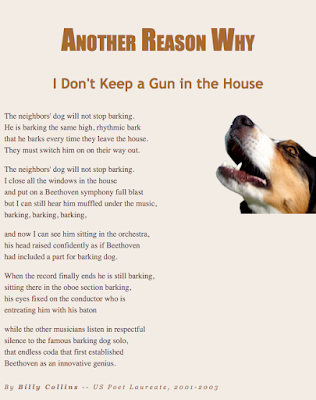Printing Processes
Relief Process
The relief process is a simple by hand process that has been utilized for centuries. It is the most basic printing process. It can be done using a variety of block materials, but primarily wood or linoleum. Linoleum is typically utilized by beginners.
- Transfer drawing by placing it on top of the wood/linoleum block with a sheet of iron oxide/ carbon paper between the two, then trace the outline.
- Carve into the block using various chisels to create either a white line (outline with chisel) or black line (chisel away most area, leave lines) effect.
- Apply an even layer of ink to the block. An even layer is more important for linoleum blocks.
- Place thin sheet of paper over the inked block and apply pressure using a baren.
- Carefully remove paper, pulling up the corner gently to check your work first.
Intaglio Process
There are many varieties of intaglio printing, two major ones being dry point and etching.
Dry Point
Dry point is a direct scratching/moving of the metal on the metal plate to raise burrs on which ink will hold.
- Use your choice of tools to scratch burrs into the surface of the metal.
- After creating basic lines you may add in additional tones and textures via the use of a roulette.
- Steel face the plate to strengthen the burrs so that they won't break during printing.
- Ink the plate, place paper over it, and run it through the press.
Etching
Etching is a process in which a asphaltum and rosin ground is applied to a plate and then scratched away in certain areas to create a trough, the plate is dipped in acid that eats at the troughs only, so once the ground is removed completely the plate creates a very precise line when used in printing.
- Prepare the copper plate by polishing and cleaning it.
- Apply ground thoroughly to the plate.
- Smoke the plate upside down so that the ground can absorb the soot.
- Lightly scratch away the ground to create troughs that will become black areas in printing.
- Etch the plate by soaking it in acid for 15 minutes, rinsing it in water, and then soaking it for an additional 15 minutes.
- Clean the ground off of the plate.
- Ink the plate, place paper over it, and run it through the press.
Lithography Process
The lithography process involves using various chemicals to create a print off of stone. The end result is a highly detailed and precise piece.
- Create your drawing on a lithographic stone via the use of grease materials.
- Apply gum arabic to the entire stone. And rosin and talcum powder to the greased drawing area.
- Once the grease is pulled into the stone, remove excess powder and reapply gum arabic.
- Once the gum is received, apply acidified gum arabic.
- Remove excess and reapply gum arabic, then use cheesecloth to evenly buff the gum arabic into the stone.
- Apply lithotine to remove drawing material, once it is gone buff in asphaltum.
- Dampen stone and immediately apply ink.
- Run the stone with paper and plastic on top through the press 4-6 times to press ink into the stone, further runs should give a clear print onto the paper.
---------------------------------------------------------------------------------------------------------
Personally I think that etching would be the most interesting to attempt. Primarily because it reminds me of the black scratch away paper I would get to draw on as a child. I think that these various printing processes influence contemporary artists because the inexactness and organic attributes of older techniques still show through even when we aren't bound to using materials like wood and acids.









Comments
Post a Comment